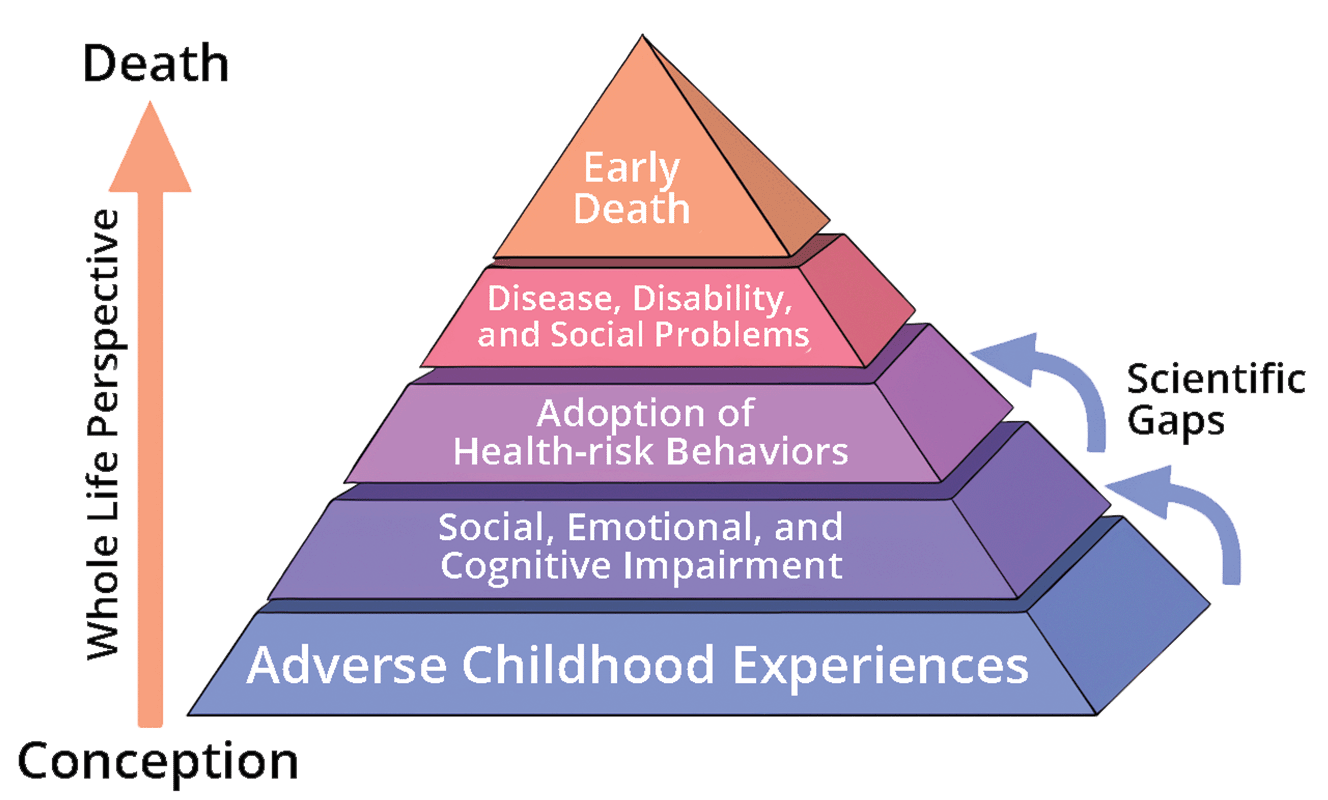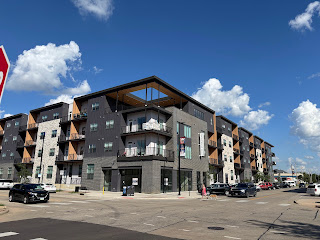Friday, September 21, 2018
Legally parked?
This car is parked in the 1200 block of 2nd Avenue SE, comfortably on the right side of the "no parking here to corner" sign. But...
...it is also parked across the bike lane, which for some reason shifts to the curb just above 13th Street. So are these other cars:
In the drivers' defense, if they're parking at night, the bike lane markings are not easily seen, and these are well inside the "no parking here to corner" sign.
This has never been a problem for me, either on a bike or in a car, because most auto traffic on 2nd Avenue turns either left or right onto 13th Street. So it's easy to maneuver around these cars. But--note the moving vehicle down the street, whose driver didn't turn--it could be an issue.
An easy solution would be to move the "no parking here to corner" sign beyond the driveway you see in the picture above. (After the driveway, the bike lane shifts back out into the street, away from where the cars are parked.) You could preserve the parking spaces if you restriped all the lanes to make them straight through the intersection of 2nd and 13th.
Tuesday, September 11, 2018
Inequality, neighborhood and our common life
| (Source: huffingtonpost.com) |
Shounak Bagchi, "The Psychology of Poverty," Medium, 28 August 2018
The terrible effects of poverty on individuals are vividly described by Shounak Bagchi in an online essay published last week. Bagchi follows the daily struggles of two women as they juggle low-wage work, bills and children. The stress level is so high that one of his interviewees reports locking herself in a closet and crying at work. The damage wrought by toxic stress is well-documented, but Bagchi's article brings to life the breadth of his subjects' task loads, their power and determination as they plow through it, but also how they are inexorably worn down by it all. Only a monster could fail to feel compassion for their struggle.
Taking a wider view may induce even more despair. The winner-take-all economy that has characterized the last 40-plus years of U.S. history has been documented both statistically (see Thomas Piketty, Capital in the Twenty-First Century [Belknap/Harvard, 2014]) and anecdotally. Greater economic inequality and lower mobility means poverty is typically perpetuated across generations. This also perpetuates historic inequities across racial, gender and geographic divisions.
In a white middle-class enclave it is easy to regard the stress-packed lives of the poor in the abstract. Their struggles do not impact our lives unless we choose to engage in acts of charity or advocate for ameliorative public policies. We also have the luxury of choosing, like the priest and the Levite in St. Luke's story of the Good Samaritan (Luke 10:30-37), not to engage.
In an early essay on this blog, I asked about the consequences to the person who defines neighborhood--the obligation to care--too narrowly. I was particularly interested in observable, tangible consequences. "Are there practical consequences," I asked then (emphasis in the original), "for drawing the circle too small? If some part of a city or metropolitan area isn't flourishing, does that materially impact the rest of it? If Detroit is dying does that affect Grosse Pointe? Does it matter to the rest of Cedar Rapids if people in Wellington Heights or the Taylor Area aren't thriving?"
Reflecting on Bagchi's essay, I find it easier to see that the lives of the most vulnerable do affect the rest of us. Because here's the thing about toxic stress: it isn't contained within the suffering individual, consuming them but then dying along with its host. Like a fire, it spreads unless it's put out.
People suffering toxic levels of stress drive cars, hold jobs (remember the woman crying in the work closet), and live near other people. Any of these can occasionally be frustrating, even to the most placid of us. They can buy guns, which will soon outnumber people in this country, if they don't already--and ammunition is easier to buy than cold medicine. As we in the city find ourselves negotiating our way through our days in any number of ways, pre-existing stress is priming some of the people who cross our paths to over-react to the most mundane of routine annoyances. This can have, it should be obvious, tragic outcomes.
 |
| Source: US CDC, via Wikipedia |
People suffering toxic levels of stress are often raising children. (That's the case with both of Bagchi's case studies.) That stress gets passed on to the next generation, in all manner of unappetizing ways. As Jonathan F.P. Rose discusses in chapter 10 of his brilliant The Well-Tempered City (HarperWave, 2016), adverse childhood experiences (ACE) can be as toxic as environmental toxins like lead. He cites studies connecting children's toxic stress to weaker immune systems, decreased cognitive capacity, and lower social trust. Over time the body's response to stress gets locked "on," altering a person's very genes. The financial costs alone to society are staggering: $124-$585 billion from one year's confirmed cases of abuse, according to a study by Centers for Disease Control and Prevention. [NOTE: The link to the study, both in the book and on the CDC web page, is currently broken.] The human costs exceed the purely financial, of course.
The community can mitigate the effects of toxic stress. Rose (2016:332-335) suggests starting with improving access to housing, building walkable cities with good parks so there opportunities for routine exercise, teaching meditation for mindfulness, and--last but not least--building social networks. (How is it that I, a 30-year resident of my town, can walk about a mile to work and know so few of the (few) people I encounter on the way?) These don't come free, but neither does drawing lines and building walls. Expanding drawing the circle of care makes for a stronger, safer, more prosperous community.
Subscribe to:
Posts (Atom)
10th anniversary post: CR churches
Apartments across from Greene Square, part of a surge of building in the core of Cedar Rapids Ten years ago this month, I hosted two event...

-
Look at where we are! Can you believe it?? Crowds gather for the LGBTQ Forum in Cedar Rapids The first thing to be noted about the LG...
-
Heritage Foundation, Washington DC, on a cloudy day in 2012 The first thing you notice about Project 2025, the Heritage Foundation's ma...
-
900 3rd St SE: Loftus Lofts (186 units) under construction The New Bohemia neighborhood, located on the east side of the Cedar River south o...








